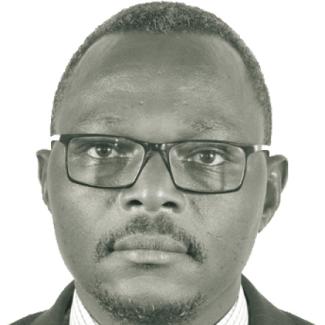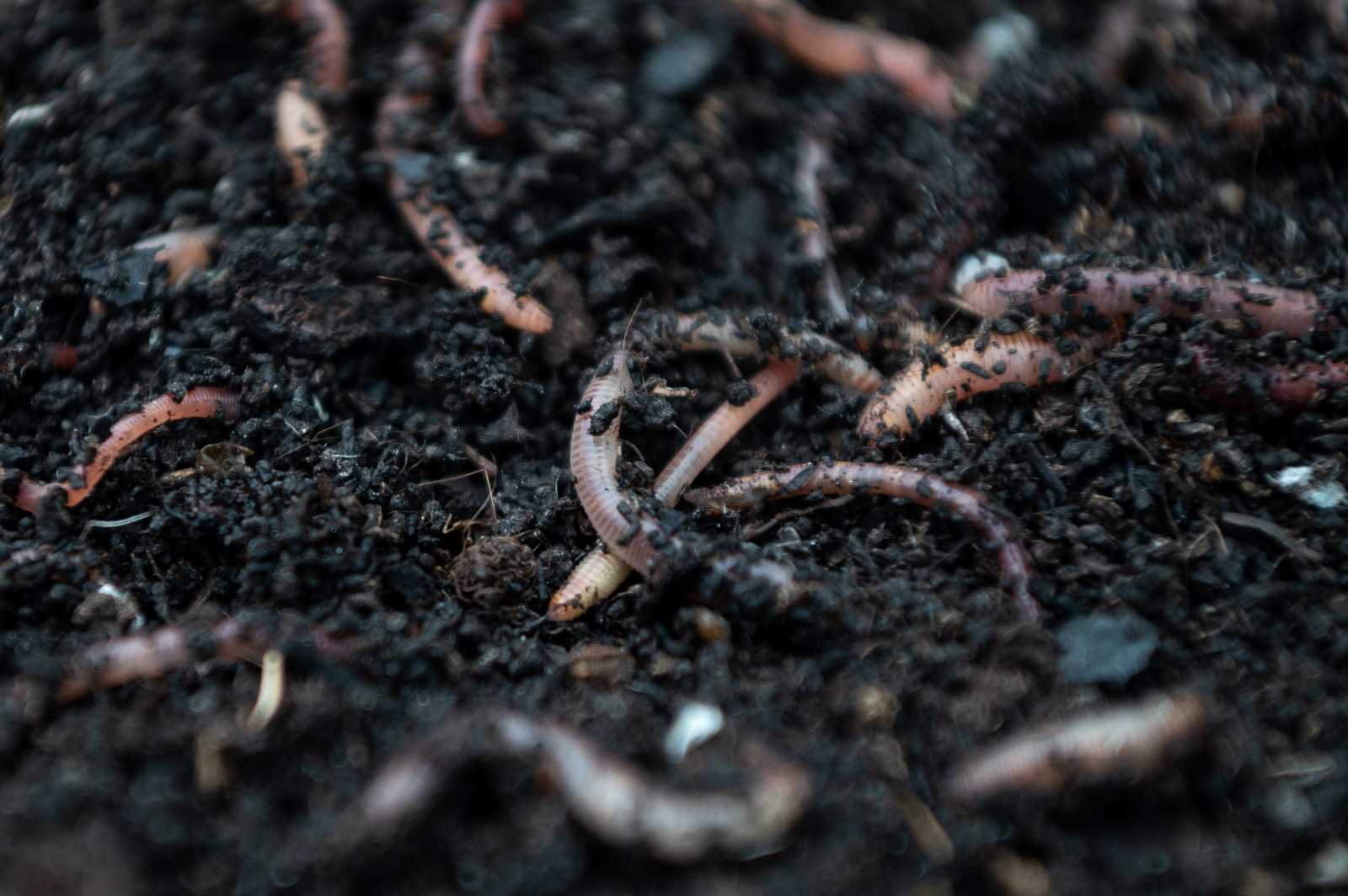Land use conflicts
Pressure on wildlife in Uganda

From Uganda’s south-west to the north-east runs a strip of savannah land where herders have traditionally grazed cattle. It is called the Cattle Corridor. The savannah fauna is dominated by grasses and shrubs, sprinkled with groups of trees. Herding communities have long shared this landscape with wild animals – both herbivores like zebras, giraffes and antelopes as well as carnivores like lions and leopards. Wildfires, irregular rainfall, dry spells and droughts are typical for this ecosystem.
In the past 30 to 40 years, pressure on the Cattle Corridor has increased considerably. The population of Uganda more than doubled to over 45 million. People who want to escape poverty and land shortages in different parts of the country tend to migrate to ‘wastelands’, where they can purchase land relatively cheap with the goal of making it usable, including for crop farming and informal settlements.
Accordingly, land use has changed in the Cattle Corridor. Agriculture has gained a foothold. Farmers primarily cultivate corn, beans and bananas, but other crops too. Areas in which livestock and wild animals could formerly roam unhindered are now flecked with farmland. Wild animals are affected in particular. Their habitat is shrinking.
People versus animals
When wild animals move onto cultivated land, tensions arise. Predators attack livestock, and herbivores decimate harvests. To protect their livelihoods, sometimes people kill wild animals. On the other hand, lions and other carnivores have killed some people and domestic animals.
Several national parks and other protected areas have been established along the Cattle Corridor. A considerable share of the wild animals stay there. However, there are still problems. In times of prolonged drought, animals tend to leave the protected areas and eventually find their way into settlements and agricultural land. On the other hand, cattle herders sometimes drive their animals through protected areas in search of forage and water.
Droughts increase the potential for trouble with local communities and both wild animals and conservationists. They sometimes start to poach wild animals or set fires in protected areas.
Cooperating with communities
When Uganda began consciously conserving its wild flora and fauna, especially during colonial times, it was primarily for external reasons, like tourism or hunting. Conservation was not necessarily designed to help local communities. Things have changed, however. Today, there is an awareness of sustainable conservation only succeeding in cooperation with communities. It cannot be done without their support – or even against them.
In the Cattle Corridor, awareness campaigns are being run to involve local residents in wildlife management. This approach, known as ‘community conservation’, aims to improve the relationship between wildlife managers and neighbouring communities. It allows communities to access resources in conservation areas and encourages dialogue and local participation in planning and managing those resources. Wildlife managers also engage in community development and support communities to benefit from tourism both directly and indirectly.
For instance, tourists are encouraged to visit communities to experience their unique culture and support local businesses. Moreover, the Uganda Wildlife Authority (UWA) shares 20 % of its annual revenue with the people living near national parks and wildlife reserves, known as ‘revenue sharing’. The shared money can be spent on household and community projects that reduce human-wildlife conflicts or improve people’s livelihoods.
Projects like goat rearing, piggeries, tree planting and beekeeping receive funding at the household level. At the community level, UWA funds the construction of schools, health centres, feeder roads and water tanks. Other projects aim to reduce crop damage caused by wild animals, for example by planting thorn hedges. This approach has boosted acceptance. Financial benefits motivate people to work with the authorities.
There are, moreover, some rules that protect wild animals outside the conservation areas. For example, wild animals must be respected wherever they happen to show up. Violators risk prison sentences. Authorities work with local officials to ensure compliance with the laws. This approach is also a way of involving local communities.
Sedentariness exacerbates problems
As described above, more and more land is being cultivated outside the protected areas. For example, trees and bushes are being cleared to produce charcoal or to make space for settlements, farms or plantations. Biodiversity and ecosystem services are declining as a result.
What’s making matters worse is that most cattle herders have become sedentary. Rich individuals have acquired land rights for large areas, pushing out wild animals and other people who used to graze their animals in different locations throughout the year. This exclusion is a common cause of land use conflicts between those who have land and those who don’t.
The climate crisis is an aggravating factor too. While rainfall has always been unpredictable in the Cattle Corridor – intense drought and long dry periods are not uncommon – global heating is intensifying extreme weather events. As crops fail more often, farmers try to cultivate more land. They want to maximise their yields through extensive agriculture. In turn, nature is under increased pressure.
Integrated planning is needed
In order to reduce pressure on Uganda’s original wilderness, planning must be holistic. It must give scope to the various forms of land use and protect wild areas. Legitimate interests must be balanced. It is up to the government to assume responsibility and provide enabling environments for planning accordingly.
At the moment, the government is focusing on protected areas. Much of the land outside these areas is owned by private individuals, who use it as they see fit – often with no consideration for the surrounding people or environment. This scenario is unsustainable. Since many tensions result from existing land-ownership rules and associated inequities, reforms are needed.
Furthermore, the profits from conservation efforts should be distributed differently. Instead of investing 20 % in surrounding communities, the ratio should be flipped, so 80 % would flow to local people. Once they see conservation as a reliable source of income for better living, they will become more actively engaged including locally led investment in wildlife conservation.
Reaching out to the poorest
Better use should also be made of the money, for instance to fight poverty in a targeted way. So far, the poorest of the poor hardly benefit in ways that are responsive to their needs and priorities. For example, if a school is financed with funds from conservation projects, that often does not help all children from the most disadvantaged families. Some cannot go to school at all because they have to work or lack basic necessities. Poverty is in fact a serious threat to conservation because it undermines its acceptance.
Moreover, agricultural production methods need to be optimised. The land simply must be used better than it was in the past. For instance, irrigation could ensure that farms survive droughts instead of extensive land use as a means of increasing yield potential. Uganda actually has enough annual rainfall, but the water is not used efficiently enough, and is not distributed fairly.
Holistic development planning
Uganda has ambitions to develop from a low-income to a middle-income country. A fundamental challenge is to draft a holistic development plan that takes appropriate account of conservation as part and parcel of sustainable development. Increased pressure from population growth and changes in land use do not only affect the Cattle Corridor. Wetlands, forests and other unused areas with valuable ecosystems are shrinking too. If current trends continue, there is a risk that these areas could be overrun and so badly damaged that they lose their biodiversity. The various services that these ecosystems provide to society would be lost as well.
Unique ecosystems must therefore get special status in land-use plans. That does not necessarily mean that they are always designated as protected areas. However, settlements or cultivation should be done in controlled ways that take into account their special functions. The economic and social development of Uganda must not happen at the expense of nature.
David Mfitumukiza is an Associate Professor in the Department of Geography, Geo Informatics and Climate Science at Makerere University in Kampala, Uganda’s capital.
dmfitumukiza@gmail.com














